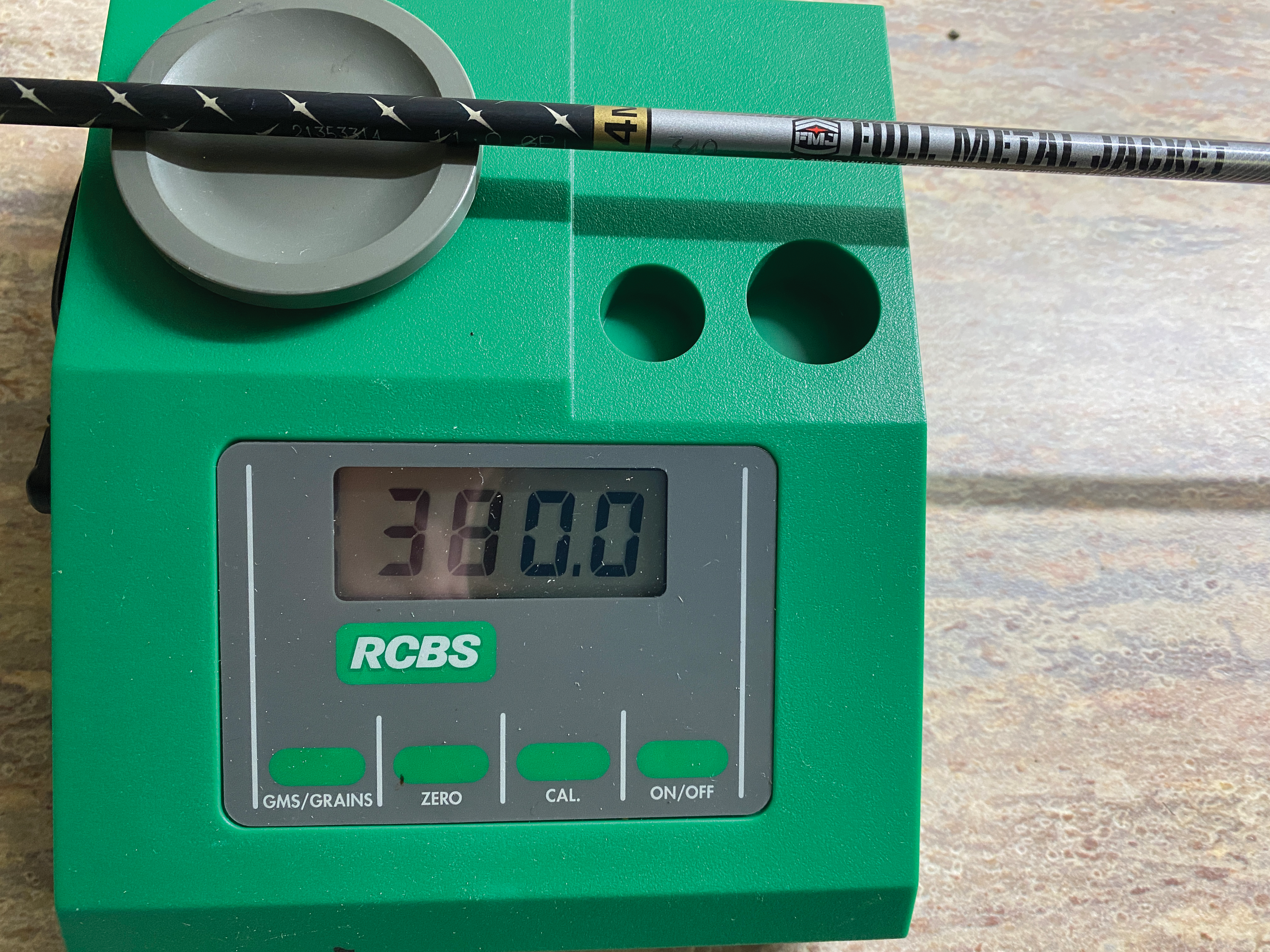When discussing the penetrating ability of a hunting arrow, the two most commonly referred to factors are kinetic energy and momentum.
The term kinetic energy is derived from the Greek word for motion, kinesis, and the Greek word for active work, energeia. Thus, the term kinetic energy means “through motion, do active work.” Energy can exist in many forms, and each form of energy can often be converted to other forms. When it comes to bows, energy is stored in the limbs and cams when the bow is drawn, then transferred to the arrow shaft at the shot in the form of kinetic energy, or K.E.

Because the speed of the shaft is reduced due to both gravity and air resistance, K.E. changes along the flight path. Thus, the K.E. you measure a few feet in front of the bow as the arrow is released is nowhere near the K.E. delivered downrange on the target. The formula for K.E. as measured in ft.-lbs. is: Mass x Velocity-squared divided by 450,240, with Mass the total arrow weight and Velocity the arrow speed. So let’s say you have an arrow that weighs 400 grains that flies at a speed of 290 feet per second. Your equation would look like this: 290 x 290 x 400 / 450,240 = 74.72 foot-pounds of K.E. at the shot.
For years, the following have been the recognized minimum initial kinetic energy values for hunting game of all sizes: small game (rabbits, squirrels, etc.), up to 25 ft.-lbs.; medium-size game (deer, pronghorn, sheep, etc.), 25-41 ft.-lbs.; large-size game (elk, black bear, wild boar, etc.), 42-65 ft.-lbs.); toughest game (brown bear, grizzly bear, large African game), 66 ft.-lbs. or more.
Momentum (from Latin movimentum, “to move”) is defined as “mass in motion.” All objects have mass, so, if an object is moving, then it has momentum. The formula for calculating momentum is: p (momentum) = m (mass) x v (velocity).
Because both involve calculations of mass and weight, K.E. and momentum are often used interchangeably, but that’s not right. Simply stated, K.E. can be thought of as a big hammer and the arrow shaft as a nail, with K.E. driving the nail through the animal. On the other hand, think of momentum as downrange energy retention, or penetration potential. Both values can be adjusted by altering either arrow speed, arrow weight or both.
Another way to look at it is that, because velocity is squared, K.E. favors arrow speed, while momentum, which gives both mass and velocity equal bearing, favors weight. And, all things being equal, the heavier arrow — even one flying slightly slower — will penetrate deeper than the lighter shaft. The key is finding the sweet spot. You can go to a lighter arrow to increase your speed and flatten trajectory, which might give you a K.E. value increase — but that will reduce momentum, and the depth to which your arrow and broadhead will penetrate larger, tougher animals. For me, for short-and medium-range whitetail hunting, a medium-heavy shaft at a quick, but not ultra-fast velocity, strikes the perfect balance.

